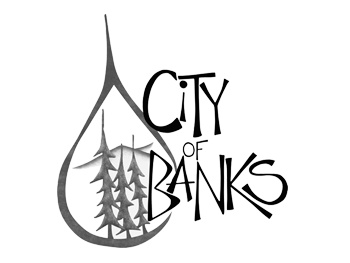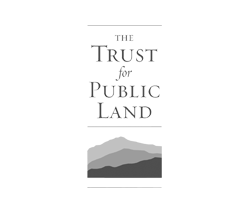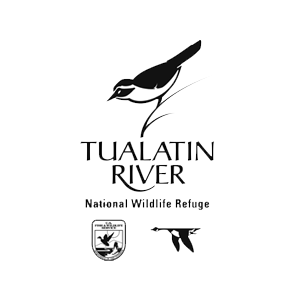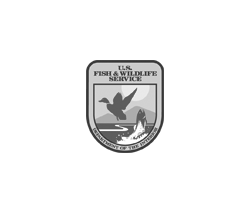
A pollinating honeybee visits flowering Wapato, one of the many native species reintroduced at Maroon Ponds.

Logs placed at the edges of the wetland provide important places for turtles and other wildlife to soak up the sun.

The Upper Tualatin River runs adjacent to Maroon Ponds.

Wading birds and other wildlife hunt in the wetland and channels created by beaver.
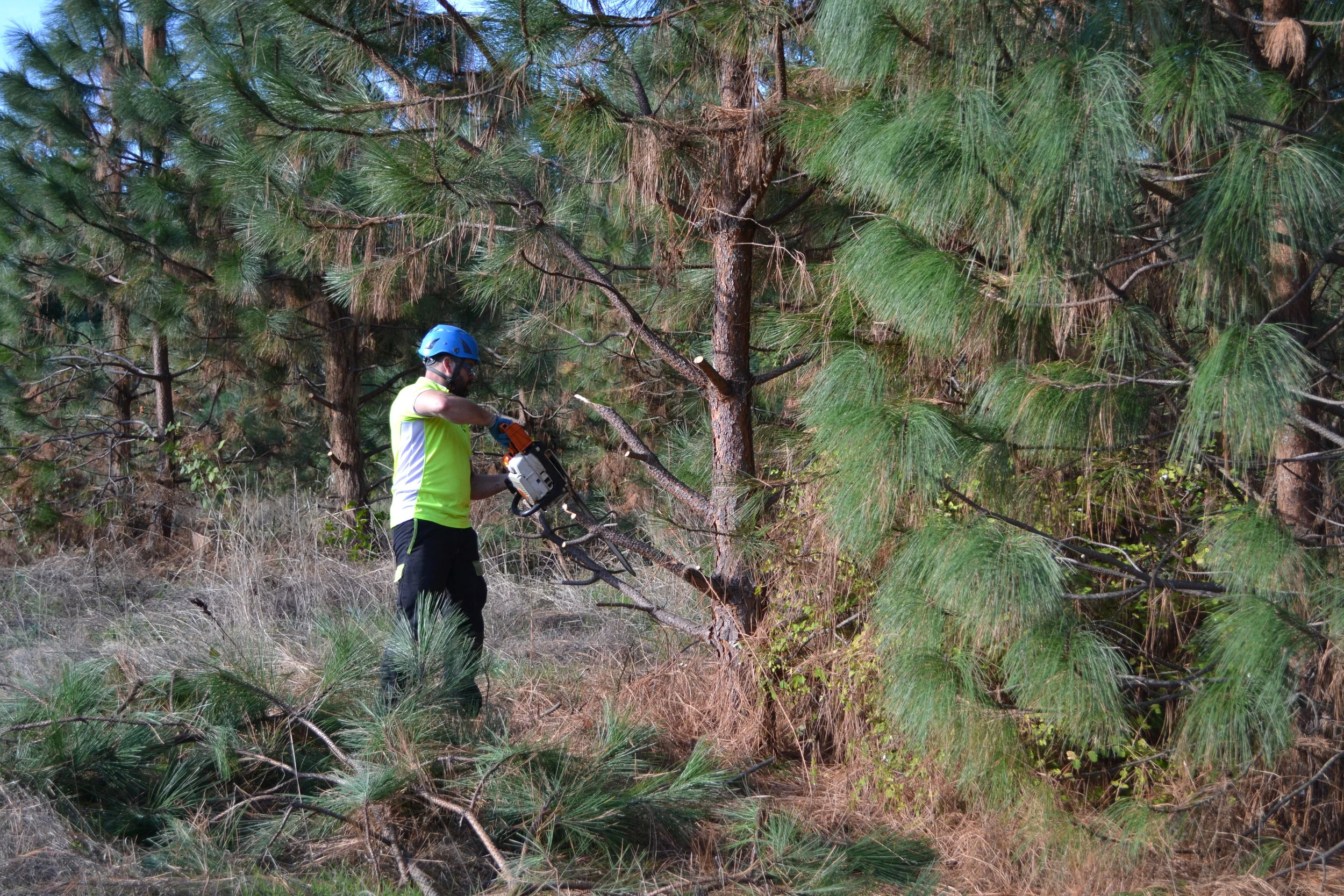
When work began at Maroon Ponds arborist creates snags for bird and wildlife habitat. Over the years the snags have now become important sunning logs for turtles

In the Spring, native River Lupin bloom across Maroon Ponds.

Small creeks feed the floodplain wetlands at Maroon Ponds. These habitats are important for many types of wildlife.

Maroon Ponds contains many different habitats including emergent wetlands, upland forest, riparian forest and shrub wetlands.

The former invasive-dominated agricultural pond has been converted into a lush native wetland.











